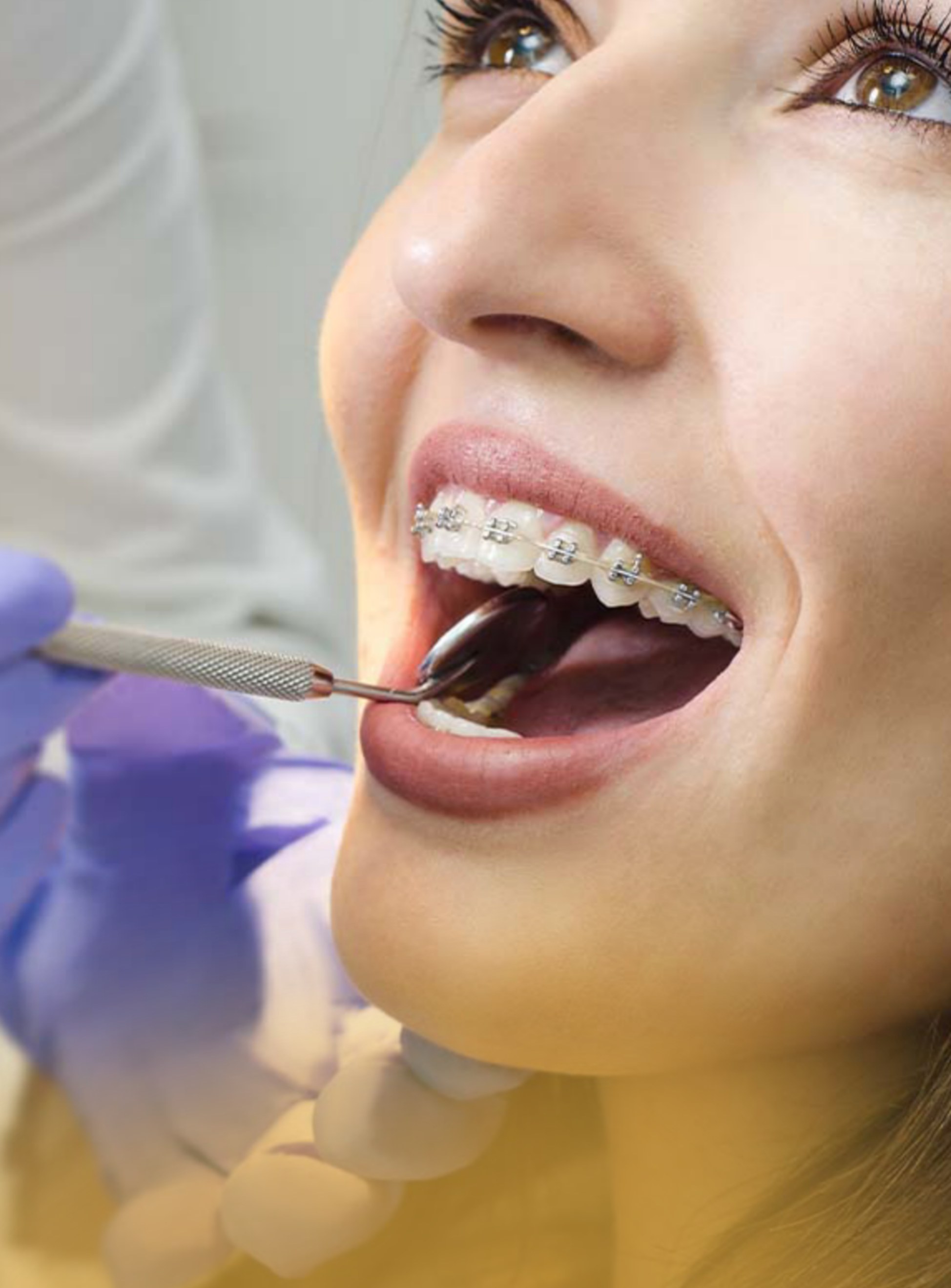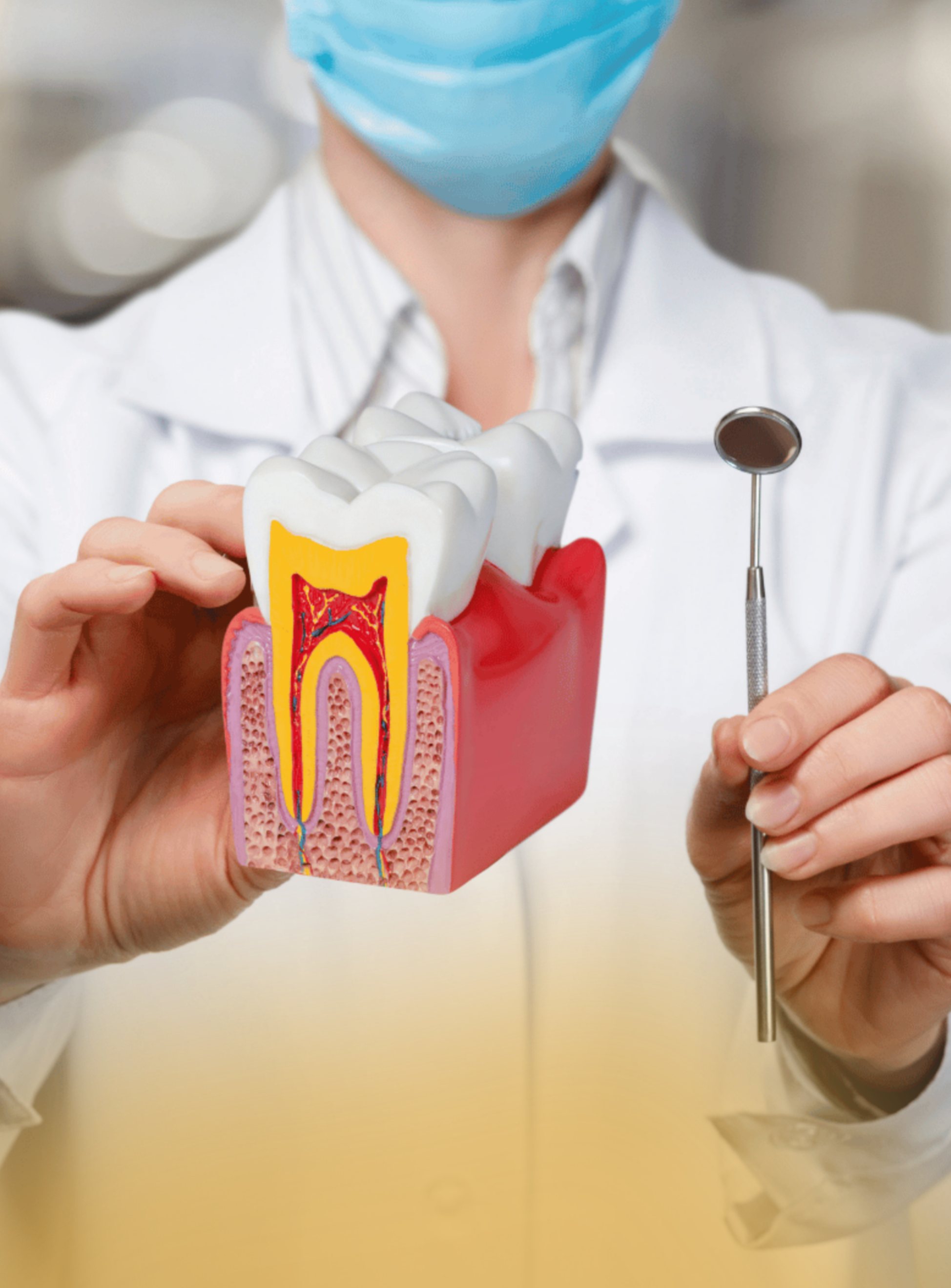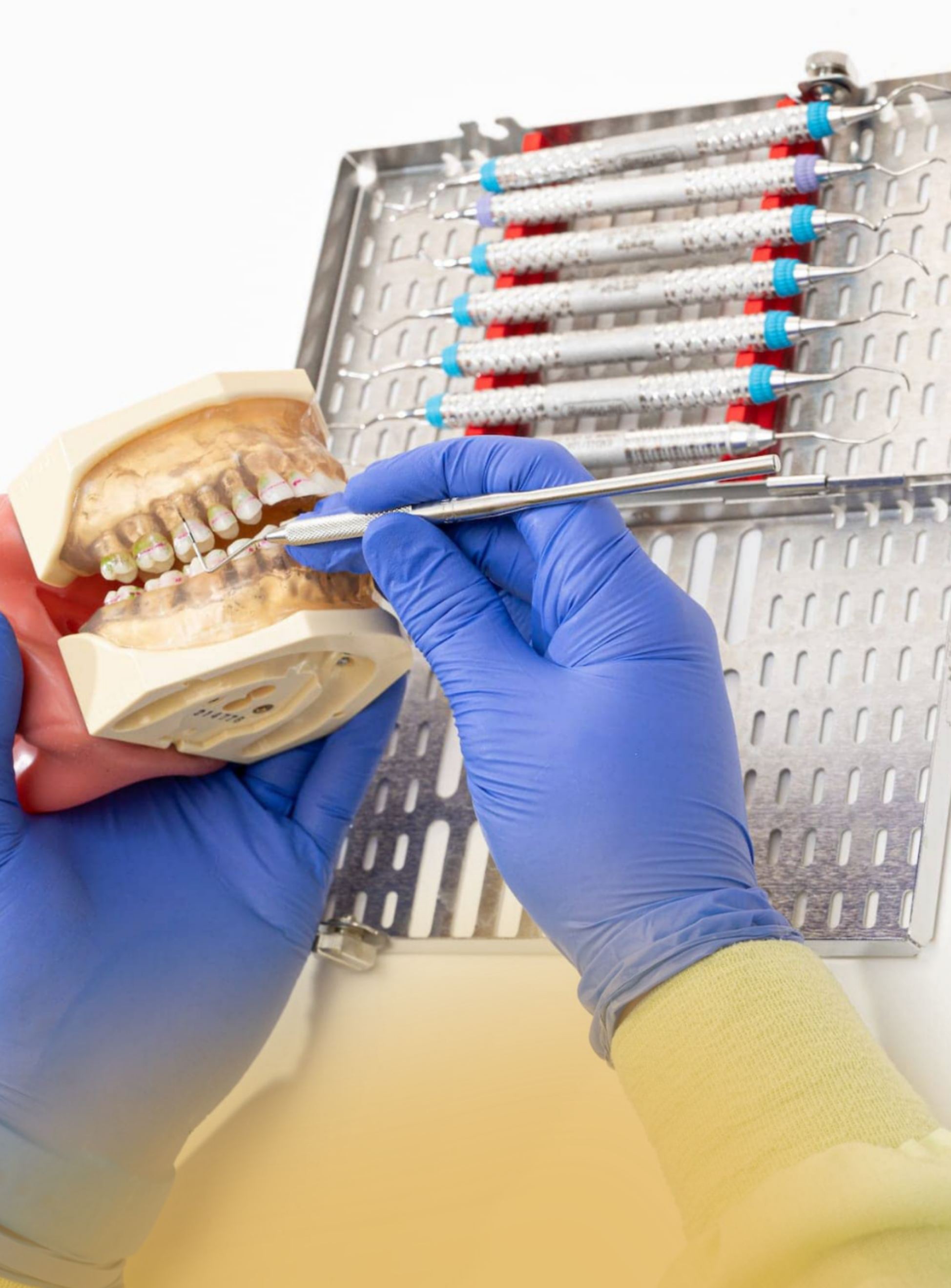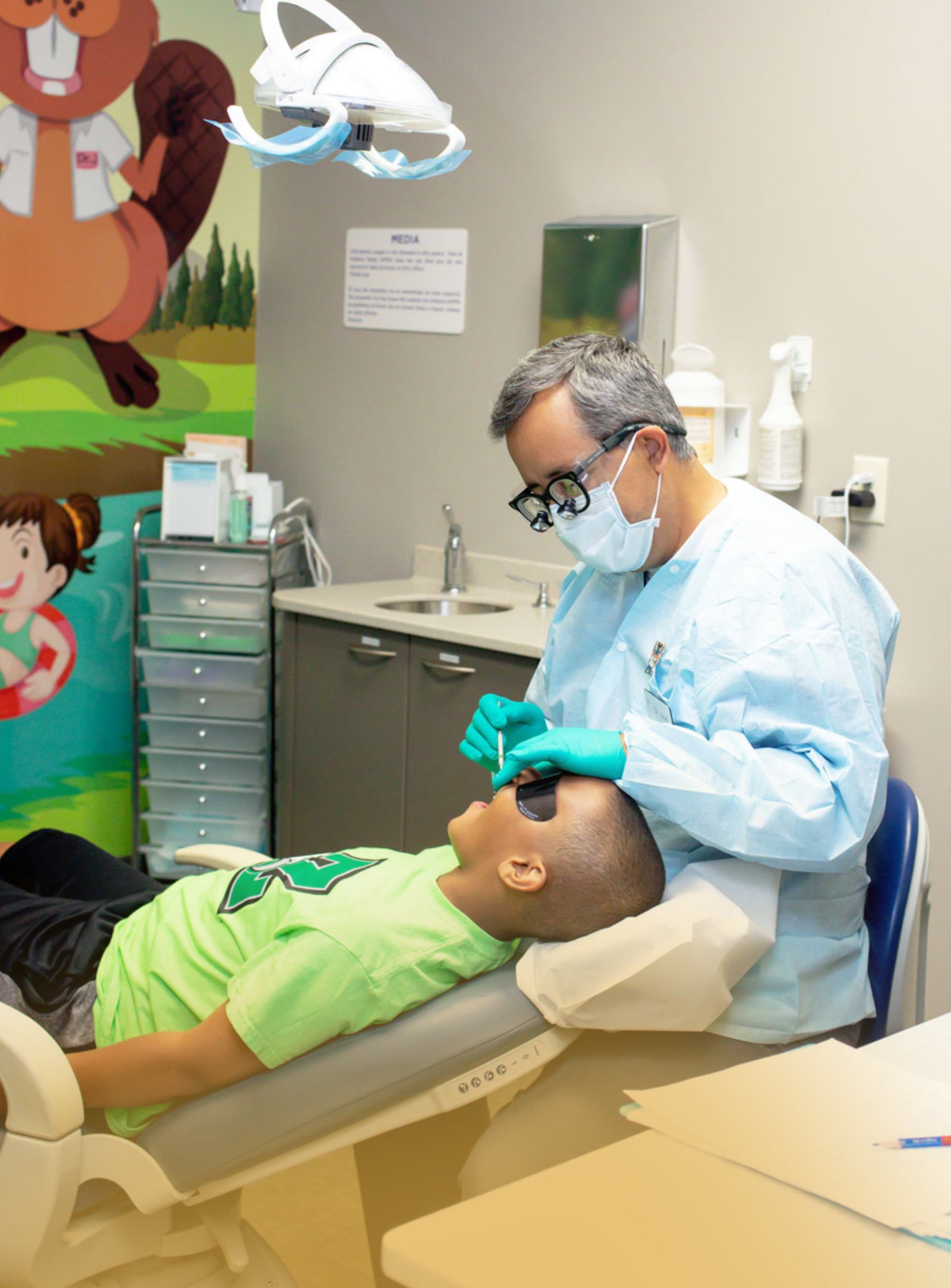Restorative Treatments
1. Dental Fillings:
Dental fillings are a common restorative procedure used to treat cavities or areas of tooth decay. During the process, the dentist removes the decayed portion of the tooth and fills the cavity with a dental material, such as amalgam (silver-colored) or composite resin (tooth-colored). This not only halts the progression of decay but also restores the tooth's function and structure.
2. Dental Crowns:
Dental crowns, also known as caps, are custom-fitted covers that encase a damaged or weakened tooth. This restorative treatment is employed when a tooth has extensive decay, a large filling, or after a root canal procedure. Crowns provide strength, protection, and an aesthetically pleasing appearance to the treated tooth.
3. Dental Bridges:
Dental bridges are used to replace one or more missing teeth by bridging the gap between adjacent natural teeth. The bridge consists of artificial teeth (pontics) anchored to crowns placed on the healthy teeth adjacent to the gap. This not only restores the appearance of a complete smile but also prevents neighboring teeth from shifting out of position.
4. Inlays and Onlays:
Inlays and onlays are indirect restorations that are fabricated outside the mouth and then bonded to the damaged tooth. Inlays are used to fill cavities within the cusps of a tooth, while onlays cover a larger portion of the tooth, including one or more cusps. They are conservative alternatives to dental crowns, preserving more natural tooth structure.
Each of these restorative treatments aims to address specific dental issues, providing effective solutions to restore both the function and aesthetics of your teeth. Your dentist will recommend the most suitable option based on the extent of damage and your individual oral health needs.
FAQ
Healing times vary, but it typically takes a few weeks. Follow post-extraction care instructions provided by your dentist to promote optimal healing.
Stick to soft, cool foods initially, gradually progressing to a normal diet. Avoid hot or spicy foods, and refrain from using a straw, as suction can disrupt the healing process.
Over-the-counter pain relievers and applying an ice pack to the affected area can help alleviate discomfort. Follow your dentist's recommendations for pain management.
Mild oozing is common initially. Bite on a gauze pad provided by your dentist to control bleeding. If bleeding persists, contact your dentist for guidance.
Resume gentle brushing and flossing in the surrounding areas 24 hours after extraction. Be cautious around the extraction site to avoid irritation.
Yes, it's common to feel drowsy or disoriented for a few hours after dental anesthesia. Avoid operating heavy machinery or making important decisions during this time.
Common side effects include temporary numbness, dizziness, or nausea. Serious complications are rare but can include allergic reactions. Inform your dentist of any concerns or unusual reactions
The duration of dental anesthesia varies depending on the type used. Local anesthesia typically lasts a few hours, while general anesthesia can have lingering effects for several hours after the procedure.
Your dentist will provide specific instructions regarding fasting before the procedure. Generally, it's recommended to avoid eating or drinking for a certain period before anesthesia to reduce the risk of complications.
Amalgam fillings are made of a mixture of metals, including mercury, while composite fillings are tooth-colored and composed of a resin material. The choice between them depends on factors like location, size of the cavity, and aesthetic preferences.










